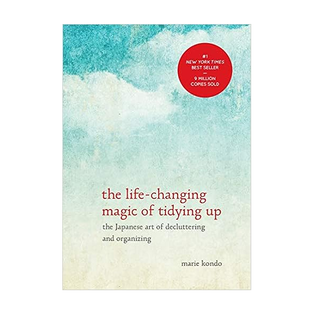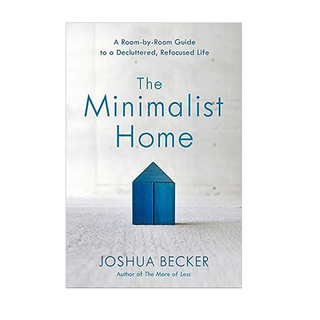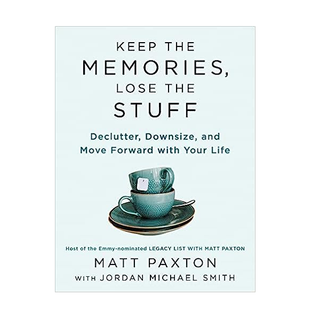How to Declutter Your Home — Organizers Explain Their Approach to a Room by Room Clean Out
It’s easy to feel overwhelmed by the clutter that accumulates within our own homes — use our checklist compiled by professionals to get on top of your clutter room by room
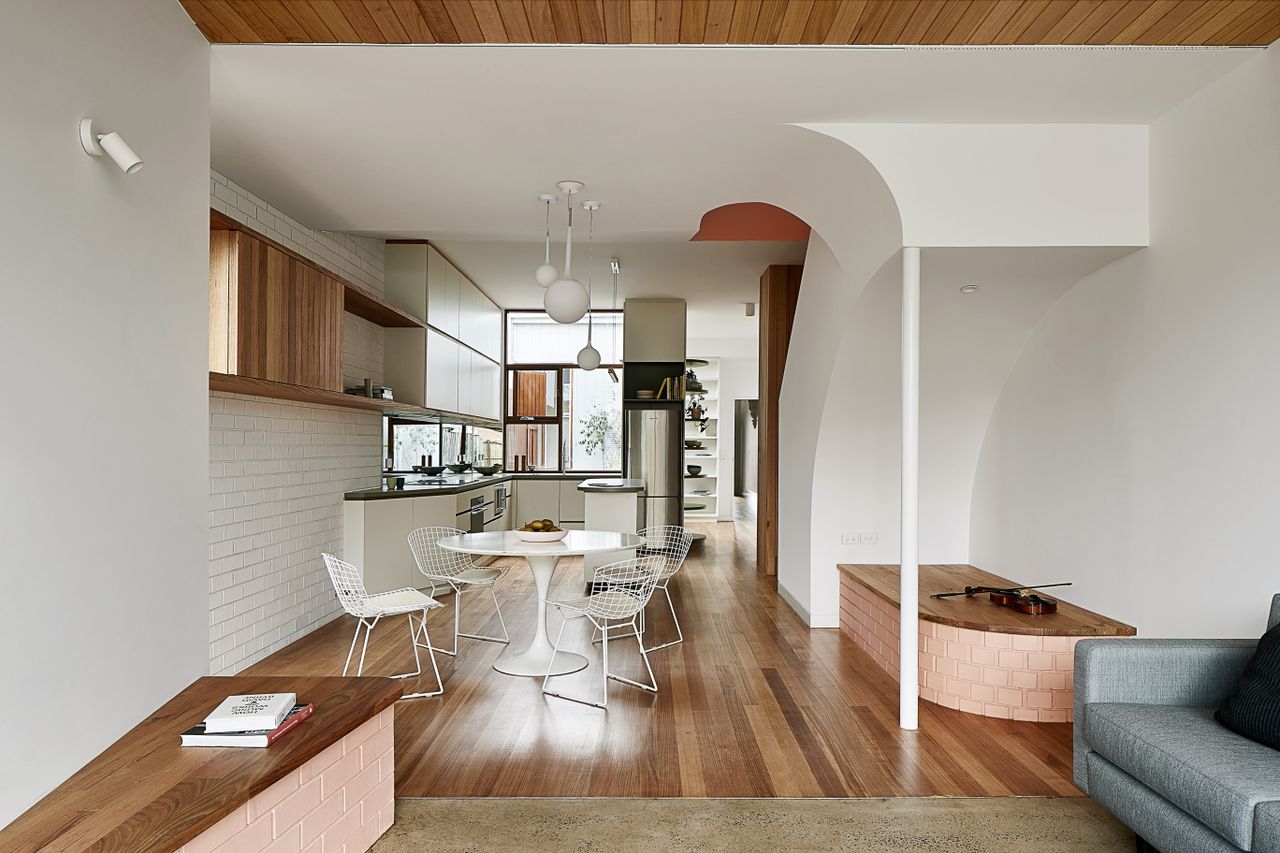

We’re all leading busy lives and forever battling the race against time while trying to achieve the most. Realistically, if you work during the week, it’s unlikely to find yourself organizing until the weekend, but the weekend is valuable being your only spare time, so we inevitably result in putting things like organizing off until we reach a certain point where something has to be done about it.
‘Cleaning is not organizing. Most people know how to clean the dishes but do not know how to organize them,’ says Ben Soreff, professional organizer at House to Home Organizing. Decluttering and organizing is more systematic than just cleaning. There is a need to be thorough and for this, you need time. Dedicating the time to tackle different rooms one by one is a good place to begin, and once a room is complete, it’s a space you can relax in fully. ‘In a sense, every room is the same, since the process is always the same. In each room, we have items that, once reviewed, will only be in certain categories – Toss, donate, keepsakes, elsewhere in the house, kept in the room, or given to a specific person or group. Do not ask, do I need this? No one needs anything. Instead, ask Why am I keeping it? How expensive is it? How hard is it to get again? After the review, it is not hypothetical, you know the quantity and can select the correct storage solutions,’ encourages Ben.
So when considering how to declutter your home — what's the best approach? The professionals let us know.
1. Kitchen

Starting with the kitchen, once you’ve completed this it will make a huge difference to everyday life, and perhaps even motivate you to carry on decluttering the rest of your home. From cupboard to cupboard, fridge to pantry, make your way through each and every space, pulling the entire contents out and discarding any expired food products, duplicate or unused kitchen gadgets and utensils, plastic containers without matching components, chipped crockery/glassware can also go, and old worn out kitchen towels too.
‘Tattered towels not only look unsightly but are far less effective,' professional organizer Karina Toner of Spekless Cleaning suggests. 'Invest in a few high-quality towels to maintain a clean and functional kitchen. If you haven't used that avocado slicer or bread maker in ages, it's time to reclaim your counter space. Store or donate appliances that don't earn their keep.’
When it comes to how to organize a kitchen, paring down on non-matching items is a good way to streamline things. ‘A cohesive and tidy kitchen usually starts with a matching set of dishes and glasses. Ditch the chipped and mismatched ones to create a more visually appealing and organized space,' Karina says.
2. Dining room

A dining room is a space to entertain, sit amongst friends and family enjoying food, drink and company. Tailoring this room to your lifestyle is essential to utilizing it to its full potential.
If you don’t host big dinners very often, too many plates and glasses clutter up your storage and can make it challenging to find what you need. ‘Keep a manageable set that suits your regular needs. Unused chairs or other pieces of furniture also take up precious space on a larger scale and can make the room feel cramped. Consider repurposing them or passing them along to someone who needs them,’ says Karina.
Stained, worn and unmatched linens lessen a dining experience, so it’s best to let go of these things along with any reading material that somehow landed on the dining table - file away the important articles and recycle what’s no longer relevant. Only items that improve the dining experience should be kept within this space.
3. Living room
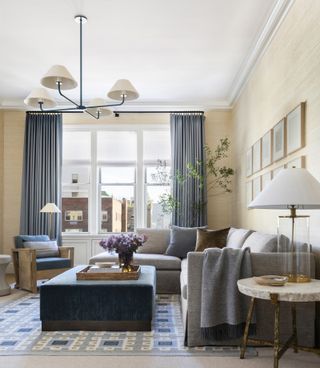
Ideally, a living room needs to be relaxing - a place to unwind and switch off. However, usually it’s one of the largest rooms in the home and therefore an easy place to dump things that need organizing even if you never get around to it. This habit will eventually take its toll and you may find you need to deal with the situation fairly ruthlessly.
When this situation occurs, you’ll need to purge what’s creating the problem to start organizing your living room - firstly, tackle the piles of muddled paperwork that needs sorting through, and recycle any old magazines/newspapers.
Next, let go of any DVDs or CDs you don’t watch or listen to anymore, outdated electronics or cables for devices you no longer own, decorative items which hold no value in monetary or sentimental terms and any extra throw pillows and blankets; keeping only those that enhance comfort and style. Karina agrees: ‘Too many decorative items can make cleaning a hassle. Select a few meaningful pieces and clear the rest to make dusting a breeze.’
4. Home office
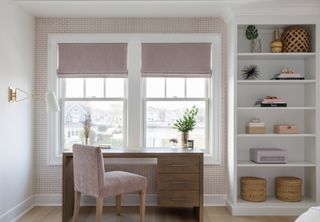
A home office can easily take on multiple purposes, but it’s important to keep the space tidy to prevent procrastination and stress in that environment.
‘Many people hold onto old books, outdated tech gadgets, and unused office supplies that simply gather dust,' Dan Dillon, founder of Clean It Supply tells us. It’s not uncommon to keep these things just in case you need them, but eliminating these items will clear surfaces and storage spaces of items that don’t add anything to the function of your space.
Unnecessary paperwork, unused or outdated gadgets, any broken office supplies and dusty tangled cables and chargers are the first things to do away with in your home organization quest. Karina suggests, ‘Keep only essential documents to streamline your work area and make finding things easier. Technological advancements render some gadgets obsolete, so free up space by donating or recycling old devices that no longer serve a purpose to you.'
'Lastly, an abundance of cables not only looks messy but makes it difficult to identify the ones you actually need,' Karina says. One thing to aim for is keeping your desk free from clutter. Ensure it’s tidy, ready for the next time you use the space. Consider surrounding yourself with books and materials that truly inspire you and allow your creativity to flow in a serene space.
5. Bedroom
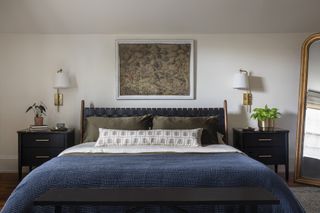
Now time to delve into the bedroom. ‘Clothing that hasn’t been worn in a year, mismatched socks and worn-out bedding should be purged’, Dan Dillon explains, and fast! If you haven't worn certain clothes in this long, it’s likely you never will, and donating or selling clothes is a good way to refresh not only your bedroom, but maybe even your self confidence.
Transforming your closet into a curated collection of clothes that reflect your personal style and comfort will ease the day to day monotony of getting ready too. Karina advises the next go to category to tackle is expired beauty and skincare products, ‘Using expired products can harm your skin. Streamline your routine by discarding old items and keeping only what's current and effective.’
Then next, in case you own any decor that does not contribute positively to the kind of environment you want to achieve when it comes to how to organize a bedroom - this should be removed, even if it works better in another room. Ultimately, the bedroom goal is to create complete tranquility.
6. Bathroom

The bathroom is another place where old cosmetics can be sifted through and reorganized for easy visibility and compact arrangement. ‘Consider also getting rid of expired medications, and unused bath products — these are perfect candidates for a clean up,' Dan Dillon says. Expired medications may be ineffective or potentially harmful so be sure to check the dates to maintain a safe and organized bathroom.
Sometimes old towels can deteriorate, losing their softness and become less absorbent - Karina suggests we dispose of these and upgrade to a fresh collection if possible. One more thing in the bathroom that tends to accumulate is a collection of beauty samples or hotel toiletries. Sharing these amongst friends or donating them to a shelter is a good all rounder to decluttering those cabinets and countertops for better bathroom organization.
Breaking the chore of decluttering down into room by room makes the whole process a lot more manageable and improves the efficiency of the home cleaning process. This will only add ease and joy to your overall lifestyle.
Be The First To Know
The Livingetc newsletter is your shortcut to the now and the next in home design. Subscribe today to receive a stunning free 200-page book of the best homes from around the world.

Portia Carroll is an interior stylist, writer, and design consultant. With a background in interior architecture and design, she has a plethora of creative experience in the industry working with high end interior brands to capture beautiful spaces and products and enhance their qualities.
-
 Florals *Can* be Groundbreaking, and This Unlikely Collaboration Proves How
Florals *Can* be Groundbreaking, and This Unlikely Collaboration Proves HowItalian fashion house, Moschino, tapped Sanderson’s iconic floral archive for its latest show in Milan
By Julia Demer Published
-
 The "One Amazing Thing" Theory Could Just Be the Secret to Making Your Decorating Budget Go Further (While Making More Impact)
The "One Amazing Thing" Theory Could Just Be the Secret to Making Your Decorating Budget Go Further (While Making More Impact)What if we told you designers had found a way to control a project's spend even while elevating the final result? This new trend does just that
By Pip Rich Published
-
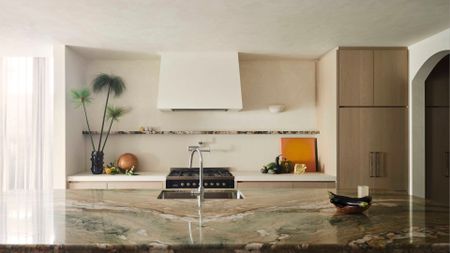 Believe It or Not, 'Fridge Feng Shui' Is a Thing — And These Are the 6 Things You Should Be Doing for It
Believe It or Not, 'Fridge Feng Shui' Is a Thing — And These Are the 6 Things You Should Be Doing for ItEven concealed appliances like fridges count in the world of Feng Shui. So if you're keen on optimizing the energy in this space, here's how to do it
By Amiya Baratan Published
-
 The 52 Weeks Decluttering Challenge Is a Year-Long Process to Tidying Your Home — Here's How to Complete It
The 52 Weeks Decluttering Challenge Is a Year-Long Process to Tidying Your Home — Here's How to Complete ItIf you appreciate an in-depth, detailed approach to home organization, this 52 week challenge will help you maintain a consistently tidy living space.
By Amiya Baratan Published
-
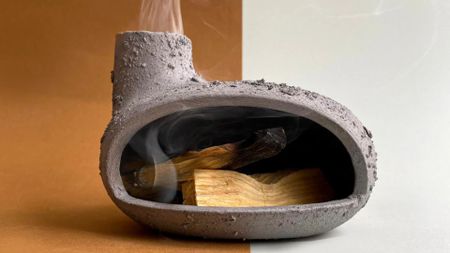 Burning Palo Santo Is the Scenting Ritual Feng Shui Practitioners Recommend for Home Healing — These Are the Benefits
Burning Palo Santo Is the Scenting Ritual Feng Shui Practitioners Recommend for Home Healing — These Are the BenefitsBurning palo santo isn't just about infusing your home with that classic woody aroma, it's also about cleansing in Feng Shui. And here's why you should try it.
By Amiya Baratan Published
-
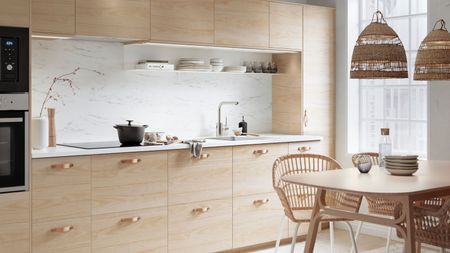 Should You Buy an IKEA Kitchen? Here's What a Professional Designer Thinks of This Budget Kitchen Brand
Should You Buy an IKEA Kitchen? Here's What a Professional Designer Thinks of This Budget Kitchen BrandAre IKEA kitchens worth it? We weigh up the pros and cons of the Swedish furniture brand's kitchen offering, so you know what to expect
By Faiza Saqib Published
-
 Balcony Storage Ideas — 6 Concepts to Transform Your Deck into an Organized Outdoor Space
Balcony Storage Ideas — 6 Concepts to Transform Your Deck into an Organized Outdoor SpaceIf you have a balcony holding outdoor gear and miscellaneous items, these expert tips will make sure your belongings are organized with nifty storage solutions.
By Amiya Baratan Published
-
 5 Things That Are Disrupting Your Garden's Feng Shui That You Might Not Know About
5 Things That Are Disrupting Your Garden's Feng Shui That You Might Not Know AboutIf you're interested in getting your garden Feng Shui ready for spring, adopt these expert dos now. Also, remember to avoid the don'ts for a harmonious space.
By Amiya Baratan Published
-
 8 Actually-Stylish Utility Room Countertop Ideas — Because, Yes It Needs to Be Practical, But You Want It to Look Good, Too
8 Actually-Stylish Utility Room Countertop Ideas — Because, Yes It Needs to Be Practical, But You Want It to Look Good, TooLayouts and materials that will make your daily chores more enjoyable
By Seraphina Kyprios Published
-
 6 Easy Things You Can Do Today to Feng Shui Your Front Door — And Supercharge Your Home's Good Energy
6 Easy Things You Can Do Today to Feng Shui Your Front Door — And Supercharge Your Home's Good EnergySet the bar for good first impressions by enhancing your front door with the power of Feng Shui. It's simple with these tips from practitioners
By Amiya Baratan Published
